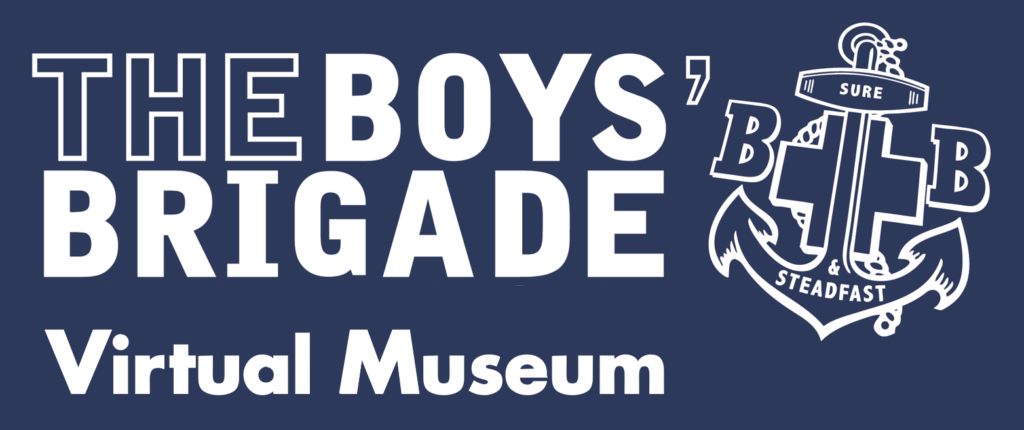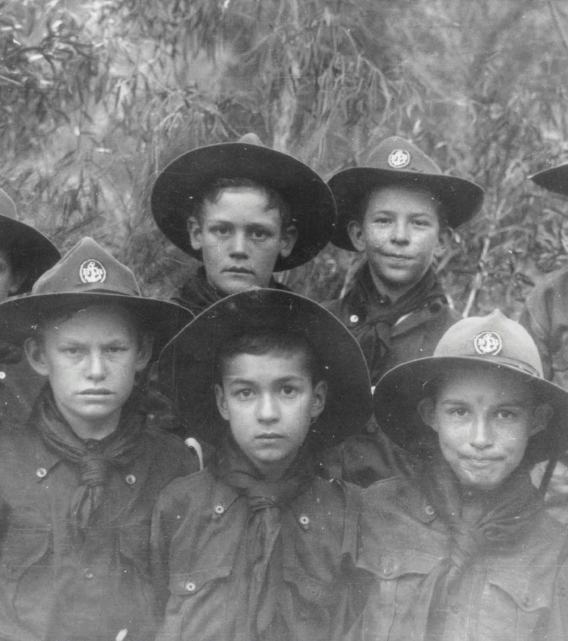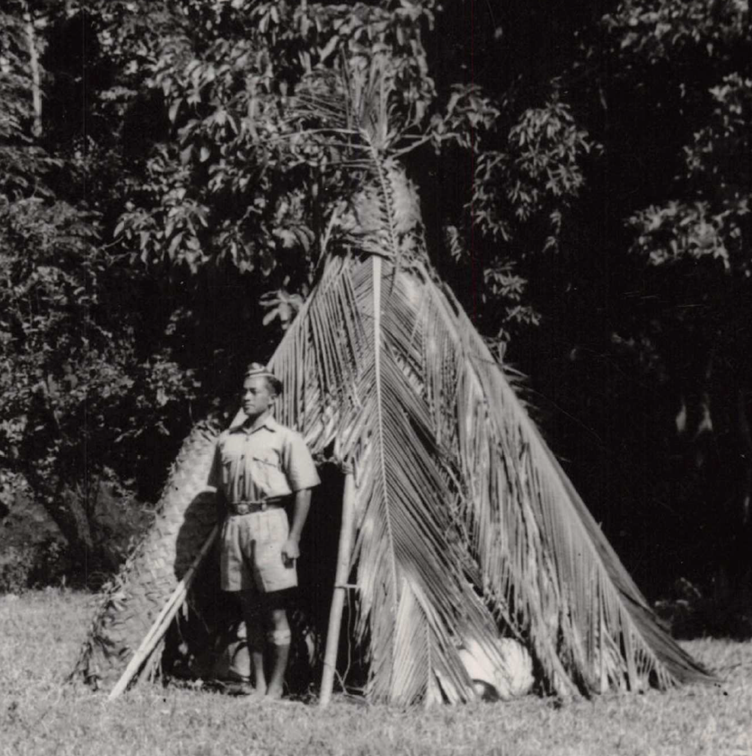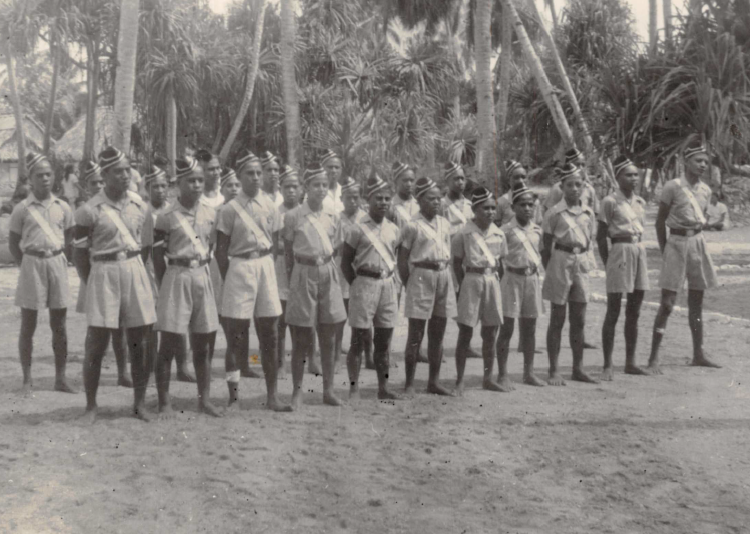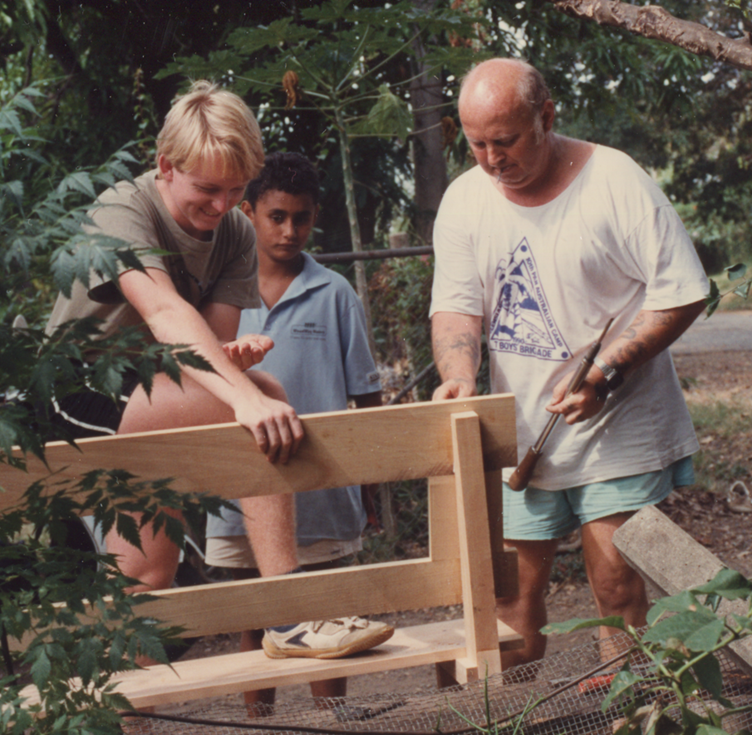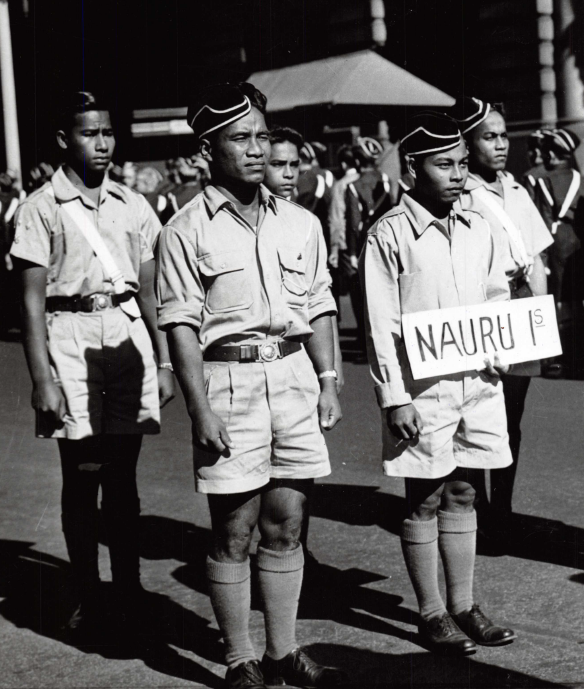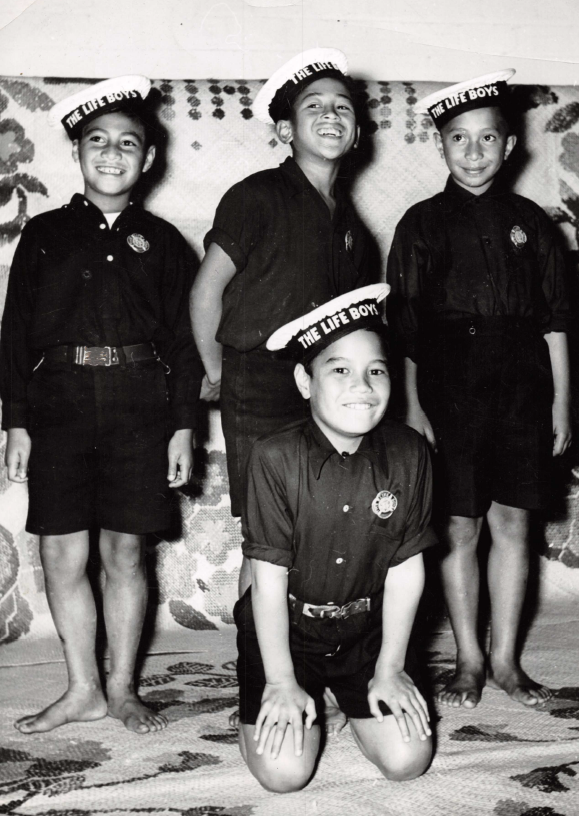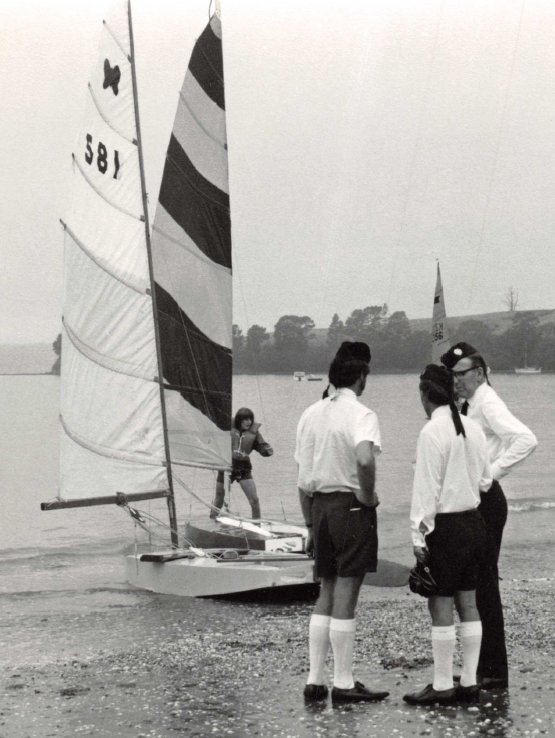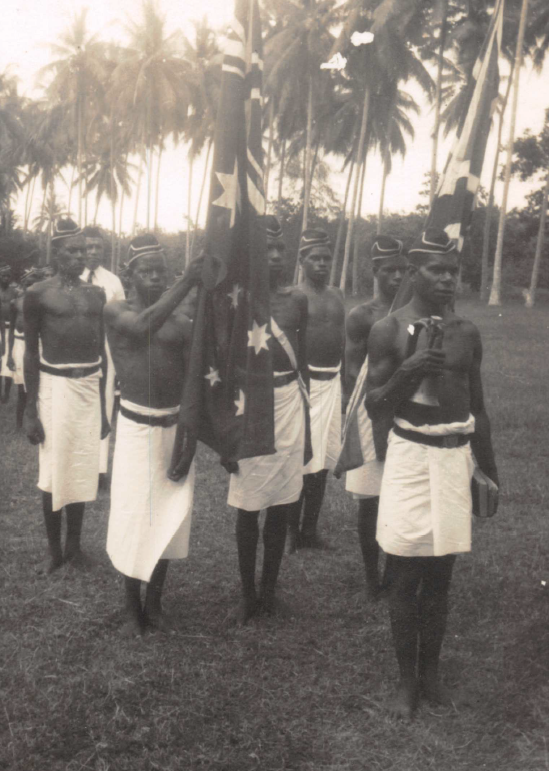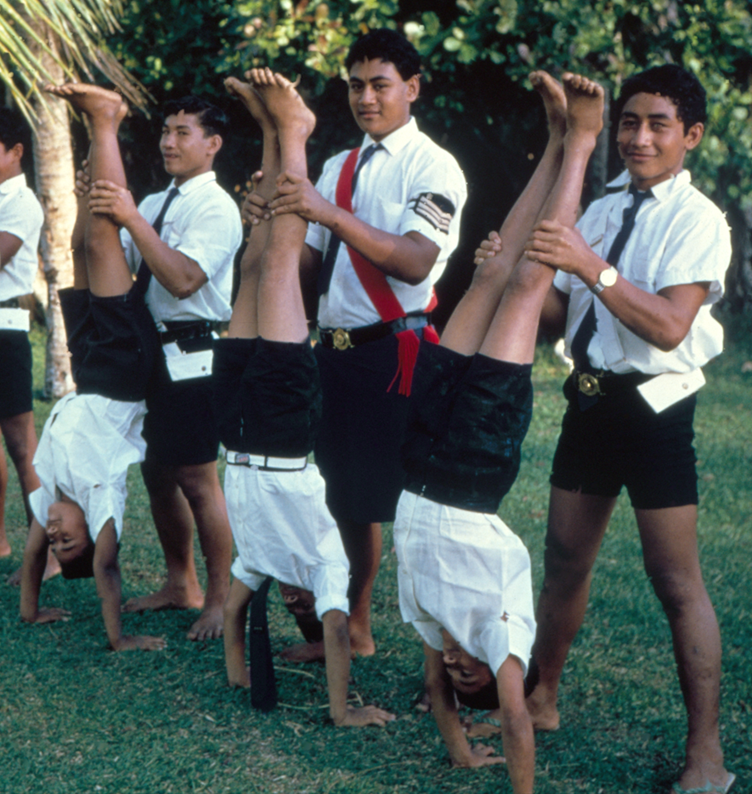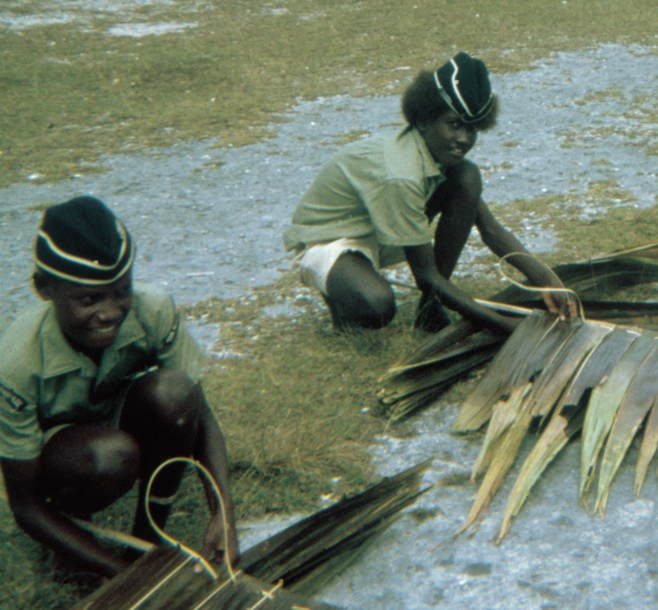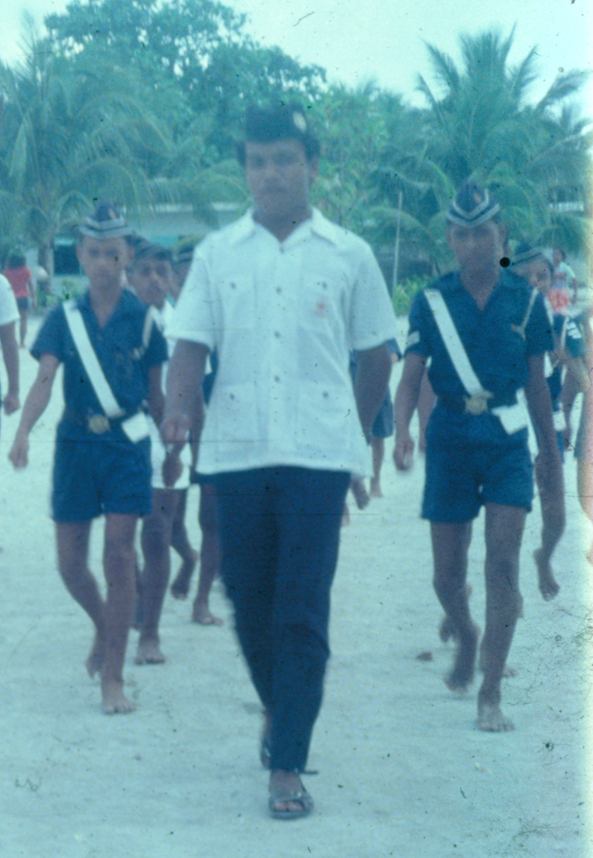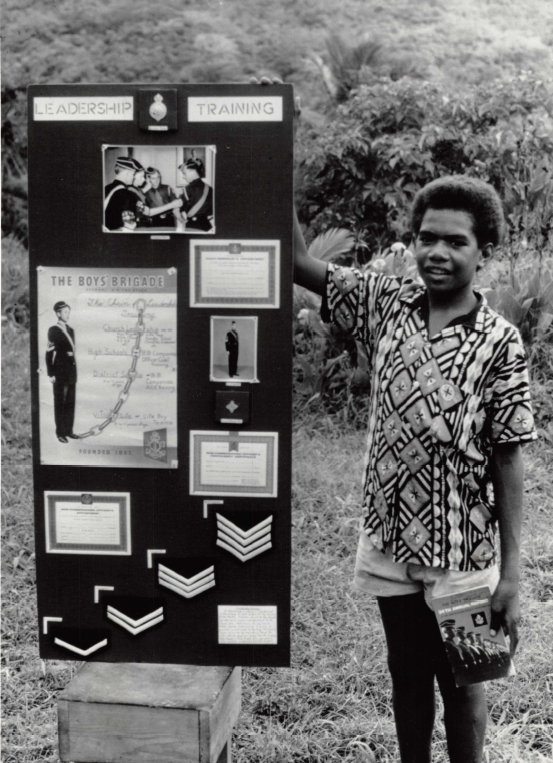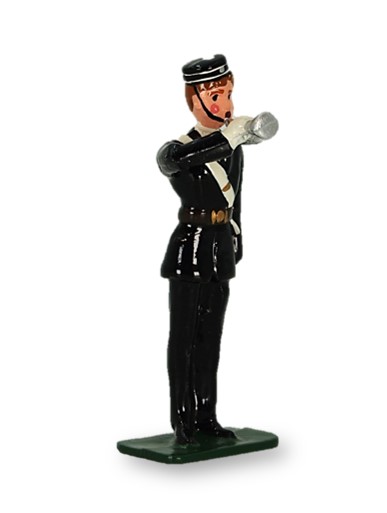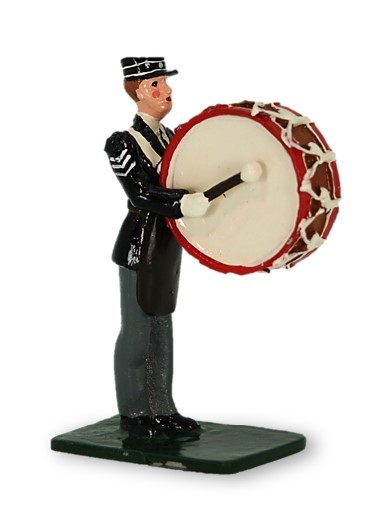Pacific
In the early 1950s, BB work was expanding around the world under the guidance and leadership of William McVicker and the staff in the International Office in London. William McVicker toured New Zealand and Australia in 1951, seeing first hand the organisation of the BB in the New Zealand Dominion, and meeting with the provisional Federal committee of The Boys Brigade in Australia.
A few years later the events held in the UK in 1954 to celebrate the centenary of the birth of William Smith, brought together representatives from the BB around the world, and the opportunity to discuss how the BB was to be promoted and managed around the world. Due to the vast distances, the Pacific area was difficult to manage from the BB Headquarters in London, and it was agreed that from 1955 BBNZ fully accepted responsibility from London for the Pacific Islands. They were supported by the Australian Council, who were already supporting the work of the BB in Papua New Guinea and Niue.
In 1960, a joint letter was sent from senior officers in the Pacific-Southeast Asia area to all BB Councils in the region, viz: Malaya, Singapore, Hong Kong, Australia, New Zealand, Cook Islands, Samoa, Niue, Nauru, Gilbert Islands and Solomon Islands. It was signed by J. M. Fraser of Hong Kong, a leading founding figure in Singapore BB affairs; R. L. Challis, South Pacific; S. W. Woodruff, Malaya; Cheong Hock Hai, Singapore, and M. T. Dearsly, New Zealand, who, as promised, was taking this initiative after his visit to Britain. The letter in part read:
The representatives of the Pacific Area at these [Leeds] consultations believe that one real contribution our Area could make to advance the aim and object of the Boys’ Brigade in the International field, would be in the formation of a Pacific Fellowship of BB for consultation, exchange of views, discussions of common problems and working together for Evangelism and the advance of the BB in other areas around us.
The first work of the fellowship, it was suggested, could be achieved through a regional conference which might meet every few years. In February 1962 the Pacific Regional Fellowship (PRF) met for the first time at Blackheath, New South Wales, where its form and objectives were laid down.
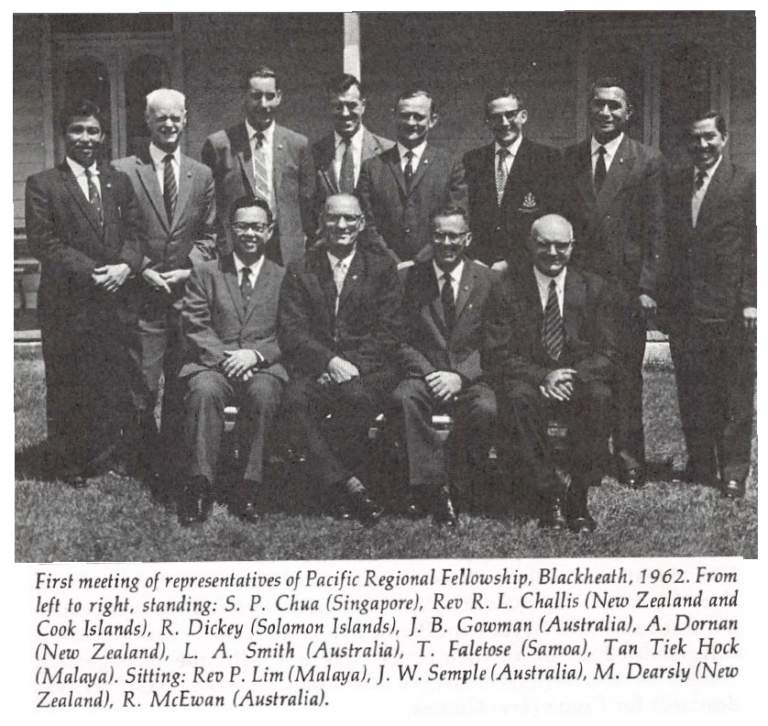
In February 1966 the second PRF Conference met in New South Wales and, among other matters, reviewed the total Pacific extension scene. It considered a report from Rev G. G. Carter, general secretary of the Methodist Overseas Missions Department in New Zealand. Herein it was stressed, and the Conference agreed, that the BB should be seen as a united Movement in serving the Island Communities’. In consequence PRF resolved to place the Territory of Papua and New Guinea ‘other than Buka and Bougainville under the responsibility and direction of the Australian Council’ and the Solomon Islands—including the two specified territories—and the New Hebrides under the New Zealand Council. Australia and New Zealand were charged with co-ordinating the extension and consolidation of BB work in the Pacific, and with liaising on matters of equipment, uniform and agreed standards in training and regulations.
In 1974 the Pacific Regional Fellowship split amicably into two new zones—the East Asia Regional Fellowship (including Singapore, Malaysia, Brunei and Hong Kong) and the newly defined Pacific Regional Fellowship of Papua-New Guinea, New Zealand, Australia, the Pacific island territories (the Cooks, Solomons, Samoas, Niue etc). The ‘split’ was a timely response to growth, especially with informal discussions proceeding about BB extension possibilities into Indonesia and the Philippines. At the fifth PA Camp in Tasmania unofficial representatives from New Zealand, Singapore, Papua-New Guinea, Australia and the Pacific islands held an informal meeting to consider the new fellowships’ arrangements.
Many Pacific delegates agreed that their countries’ attitudes had often been ‘parochial’ in the past. The PRF, at this, perhaps its most historic meeting, agreed to support a World Conference Committee meeting in 1976 and appointed Vaine Rere T. Poto and Alford Dornan to represent it. In November 1976 the World Conference, meeting in Singapore, moved to set up a Brigade international secretariat, and the World Conference of The Boys’ Brigade and Kindred Youth organisations. Regional Fellowships formed along the lines of the PRF, became the operating method for the World Conference.
